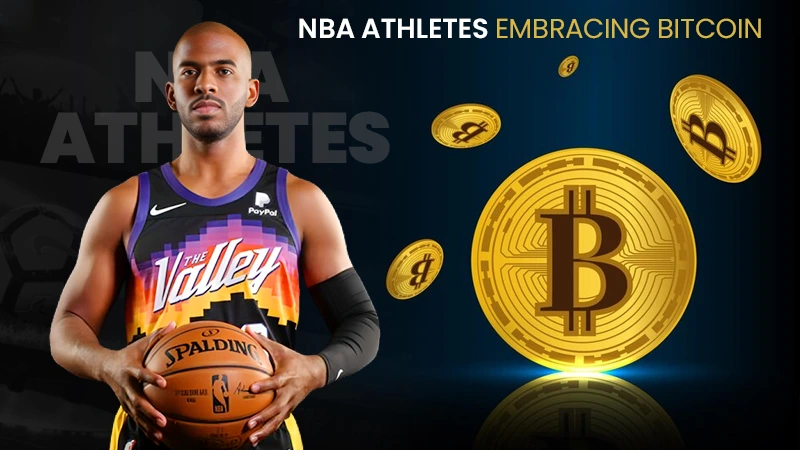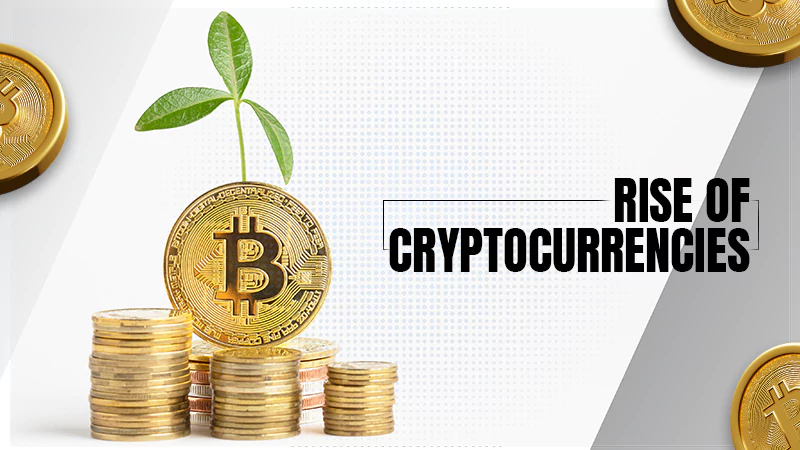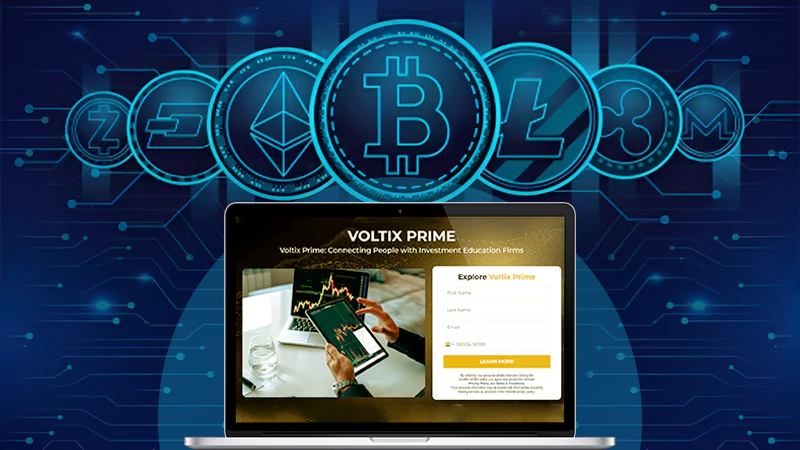Tips for Safe and Secure Cryptocurrency Trading
We have seen crypto trading become more mainstream over the past two years, with big brands like PayPal, who added the functionality to buy, sell and hold cryptocurrency. Unfortunately, with increased popularity also comes more significant security risks. Here we have outlined some top tips on how to stay safe and secure while trading cryptocurrencies.
Keep Updated
Like every other financial decision you make, it is essential to make informed decisions when considering whether to trade cryptocurrencies. Stay up to date on the latest crypto news, especially related to the latest security threats. There has been a lot in the news recently about proposed legislation on cryptocurrencies by US lawmakers to fight tax evasion and cybercrime. This goes against the core principles of crypto, which was to be decentralized and unregulated.
In 2021 a reported $14 billion worth of cryptocurrencies were stolen, including the biggest DeFi attack recorded. Some of the biggest scams reported were phishing, airdrop, and pump and dump scams, just to name a few examples. Keeping up to date and understanding the workings of the most prevalent scams is key to keeping yourself adequately protected.
For example, pump and dump scams, which are not unique to the cryptocurrency marks, work by overhyping or putting out misleading over-exaggerated information about a particular stock or crypto. The flood of false or misleading information put out through social media platforms, newsletters, chat rooms, or email leads to an inflated asset. Anyone who has watched Wolf of Wall Street will be familiar with this scamming method. It might be an old tactic, but it is an effective one and, thanks to social media platforms, an easy one to run.

Secure Passwords
Understanding how crypto scams work is just the first step. It would help if you put in place some personal rules or habits when trading to protect yourself and your crypto wallets. Another popular and effective scam is phishing, which works by misleading someone into sharing or revealing their private information such as passwords or private keys, which are used for crypto wallet security. The social media platform Twitter has often been used by scammers, who hijack a legitimate account of someone famous like Elon Musk, luring people into giving personal information.
This method easily trips people up as they often pose as an official cryptocurrency or blockchain platform such as Nexo or Binance, usually through an email looking for you to confirm your credentials for what may appear to be a very legitimate reason. It is worth installing fraud detection software that deploys invisible authentication tools to prevent account takeover. This software gives you a device fingerprinting that detects virtual and suspicious attempts to connect to your devices.
We all understand the temptation to create one easy-to-remember password and use it for everything, but a weak password is one of the biggest flaws that lead to hackers gaining access to crypto wallets. The best practice is to use passwords that are unique and to use a password manager. FortifID.com Not only will they give you unique and secure passwords, but they will also alert you to any data breach.
Store Crypto Safely
There are now hundreds of crypto wallets in which to store your crypto. Still, not all are authentic or reliable, so don’t choose any cryptocurrency wallet without first doing some homework and selecting a wallet that follows security standards. Wallets come in two categories; cold or hot. Cold or hardware wallets are not connected to the internet.
Cold wallets can be paper, where your private keys are written or typed on paper and stored somewhere safe, or for something a bit more permanent, you can also use a steel wallet. You can also store your credentials on a device that is similar to a USB, an incredibly secure way to keep your private key safe. In comparison, hot or software wallets are for desktop, web, or mobile and are all connected to the internet.
Cold wallets are the most secure as they are stored offline, but if you choose a hot wallet, one that is downloaded to your desktop is considered the safest. Some security features or specifications to look out for when choosing your crypto wallet are whether or not it offers two-factor authentication and how it stores private keys. Also, be aware that there are fake wallets that look a lot like authentic ones, leaving you open to malware, so be sure to always download from official sources. Also, pay close attention to the site URL and double-check that they are authentic to the last detail.
Two-Factor Authentication
A proven method of keeping any credentials safe online is two-factor authentication. Standard security features or systems only use one layer of security. However, two-factor authentication adds a layer of protection, which usually means you need to take an extra step to log into a site or confirm your identity.
Usually, this additional authentication is given by means of a code sent by text message. Another method is by using genetics like a fingerprint or some other form of biometric data. Look for wallets with built-in two-factor authentication as well as implement your own with software and using the most secure passwords as discussed above. Two-factor authentication is essential for cryptocurrency security as once you have lost it, you can’t recover it again.
Conclusion
Around 300 million people worldwide now use cryptocurrency, making it more mainstream than ever. As technologies and crypto platforms have improved, scammers are unfortunately keeping up and improving their methods and sophistication of deception and fraud.
Taking these precautions will keep you safe and enable you to buy and sell with confidence, knowing the necessary security steps have been taken. Remember, if something looks too good to be true, it most likely is, so always be cautious of emails, alerts, or social media posts claiming to promote “get rich quick” cryptos. Keep up to date with all the latest news so you can make the best decisions in the most secure way.
NBA Athletes Embracing Bitcoin: A Look at Their…
ArbiTrustCapital Review Helps Navigate the Trading World with…
Blockchain Brilliance: Unveiling the Future of Financial Freedom
Investing in the Digital Age: The Rise of…
Mastering the Art of Cryptocurrency Conversion with PHP:…
Here’s What to Consider While Opting For a…
What is Online Trading and How to Find…
Navigating the Digital Frontier: The Role of Crypto…
AI in Crypto Trading: The Future of Investing?
Immediate Momentum Review: Leveling Up the Crypto-Trading Game
The Only Bitcoin Trading Guide You Need!












